Tai Thergood desperately wanted to be what he says he never had growing up — a present father, actively involved in his children's lives. But he would be the first to admit he had a lot to learn about how to be a dad.
Over nearly a decade, Thergood had repeated interactions with Connecticut’s foster care system.
“It was a horror, it was the worst experience ever,” Thergood said. “It was one of the most embarrassing things.”
Today, he’s reunited with his son and daughter. And now the agency that once investigated him relies on him to help train other fathers.
“It’s proof of being able to make beauty out of chaos,” Thergood said.
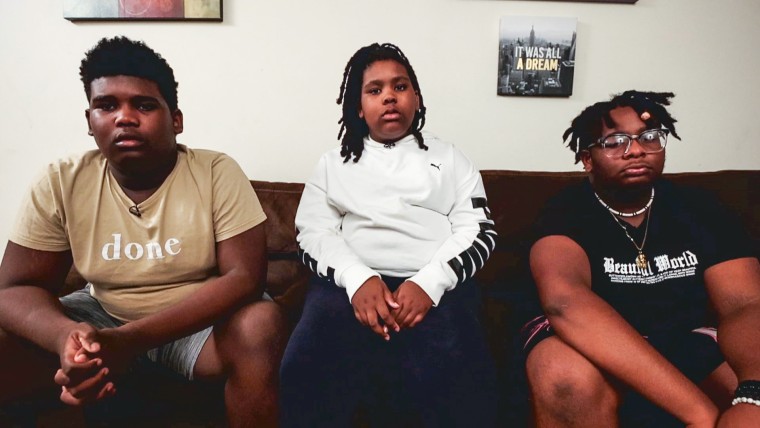
In some ways, you can see the evolution of Connecticut’s Department of Children and Families (DCF) in Thergood’s story. His children are among the nearly 2,400 who have been reunited with their families since 2019. Connecticut has shrunk its foster care population by nearly a third in the past three years, signaling a shift toward keeping families together whenever possible — a strategy implemented by Vannessa Dorantes, the first African American commissioner in the agency’s history.
Experts tell NBC News it’s hard to compare the relative success of child welfare agencies, because states calculate their metrics differently.
But Christine James-Brown, the president and CEO of the Child Welfare League of America, a charitable organization, said Dorantes is “a leader in equity” who has moved Connecticut forward.
“I would say that only a portion of it is because she happens to be the first African American. I think it’s because of her commitment to children and families and community that comes from experience that people can see. It’s not just something she’s talking about,” she added.
Ira Lustbader, the litigation director for Children’s Rights, a national nonprofit that has sued 23 states over failing child welfare systems — including Connecticut — said he considers DCF “a beacon … and a model.”
“When we first brought our case [against Connecticut] decades ago, it was a system that was just dangerous and chaotic and broken,” Lustbader said, adding that back then it structurally affected Black and brown kids disproportionately. “It was a system that [was] harming the kids that it existed to protect. Not today.”
‘It’s like boiling the ocean’
For Dorantes, the mission to preserve families like the Thergoods is personal. Her parents were teenagers when they had her, and she credits her grandmother and extended family for taking care of her, letting her mother attend college and her father serve in the Navy.
“This job is about my mom saying that her child was not going to become a statistic,” she said. “I wasn’t involved with [the foster care system], but the circumstances could have kind of pointed in that direction.”
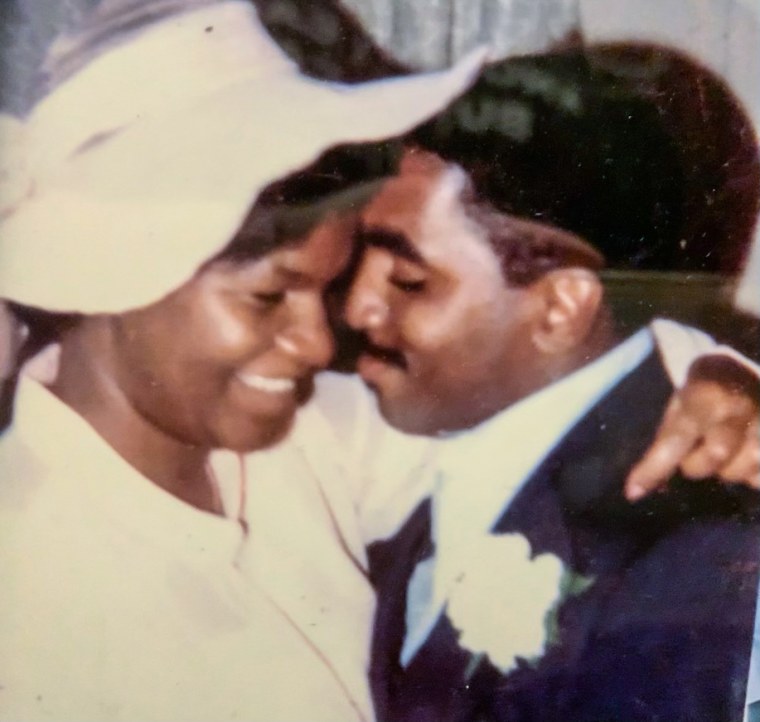
It was because of Children’s Rights’ lawsuit in Connecticut that Dorantes, then 22, was hired as a social worker by DCF in 1992. DCF was told to reduce caseloads and hire more workers.
She worked her way up the ranks, and when she was appointed commissioner in 2019, she vowed to support families and tackle the system’s inequities.
“It’s like boiling the ocean,” Dorantes said. “A lot of our racial justice work feels that overwhelming.”
Across the country, Black children are more likely to be investigated by child welfare agencies than other children. They are also more likely to enter foster care. In fact, more than half of Black children are subjected to a child welfare investigation before they turn 18.
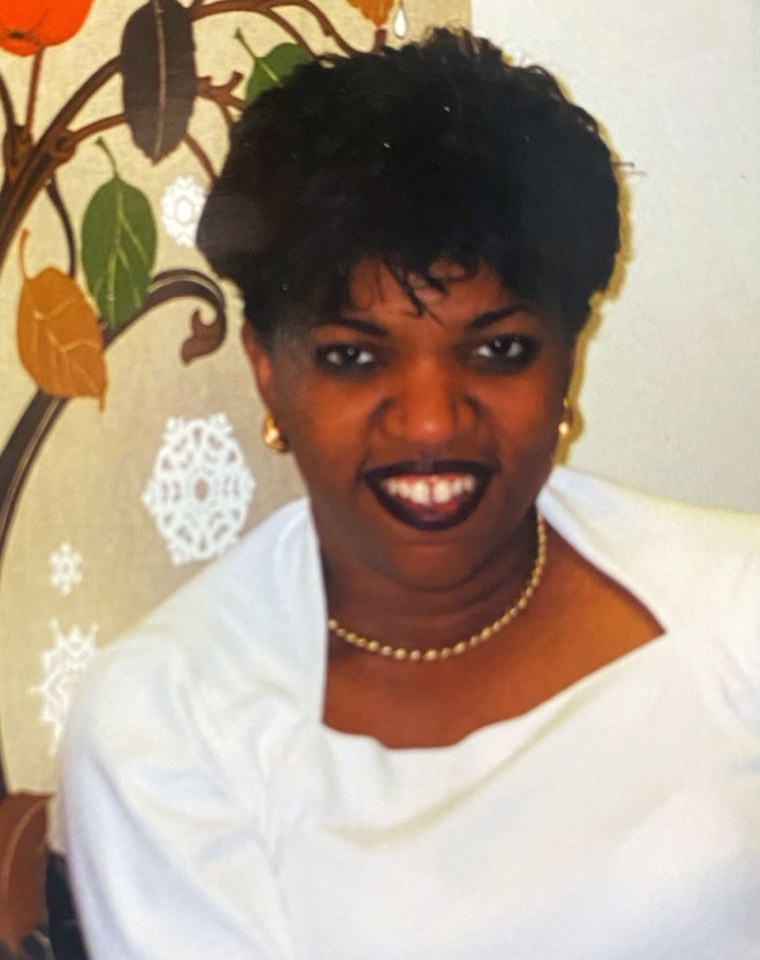
In Connecticut, that disparity has been shrinking for the past decade, a process that has continued under Dorantes. In 2012, a Black child in Connecticut was four times more likely than a white one to enter foster care. By 2021 that had dropped to 2.5 times. Hispanic children were 2.9 times more likely to enter the system in 2012. By 2021 that number had fallen to 1.7.
Since 2011, Connecticut has also reduced the number of foster care youth in congregate care settings from 30% to just 6% today. Of the 3,000 or so kids currently in foster care, nearly 43% are living with kin or extended family.
One of the most significant statistical changes since Dorantes took over in 2019, however, has been the number of children entering the system. The total population of kids in state foster care fell 9.5 percent from 2011 to 2019 under Dorantes’ predecessor, from 4,770 to 4,311. Since 2019, the total has fallen 29.5 percent, down to 3,037.
Lustbader pointed to these efforts to keep families together and avoid the trauma of unnecessary intervention along with racial equity work as some of the improvements that make DCF a much different agency than the one Children’s Rights sued more than 30 years ago. Dorantes had the pleasure of being commissioner when a federal judge finally released Connecticut from the decades of court oversight spurred by the Children’s Rights lawsuit
Dorantes’ team is working to address issues on the front end. That means connecting parents to mental health and substance abuse services, along with addressing food and housing insecurity, all with the aim of stabilizing families so that they can safely stay together.
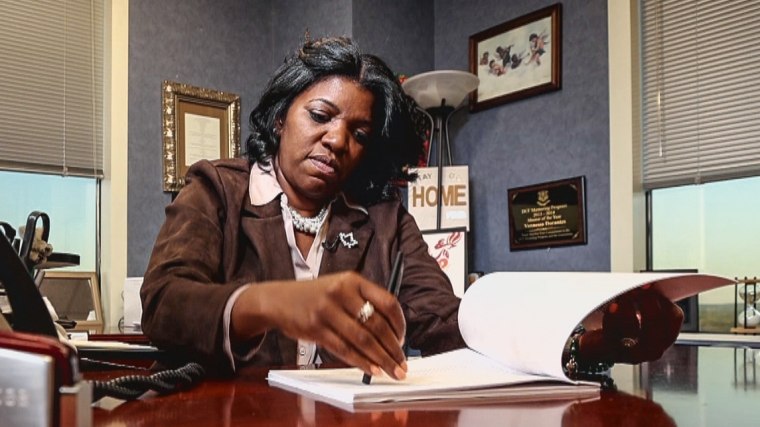
During her 30 years working in the system, Dorantes said she’s seen the pendulum swing. In the past, social workers seemed to remove children from their families at the first hint of concern, since no one wants a child to die or be harmed on their watch. Now, that knee jerk reaction is being replaced by working to support families and prevent separations, if it's safe to do so.
“If you can address the basic needs, some of those other things that bring children to our attention start to wither away … [A] lot of times, poverty is being conflated with neglect,” Dorantes said.
Nationally, about three quarters of children come to the attention of child welfare agencies because of neglect.
In Connecticut, nearly 80% of the cases that are reported to DCF fall into the neglect category.
The biggest group of such reporters are educational professionals, accounting for 40% of all calls. Only about 6% of those concerns are substantiated.
So Dorantes and her team have started a pilot program, embedding investigative social workers in schools that are the highest reporters. The goal is to help teachers connect families with necessary support before the situation becomes abusive or neglectful.
“Safety is our mandate, and it will always be,” Dorantes said.
Third time’s the charm
To reunify a child with a parent or guardian, DCF and all the parties involved have to agree that the safety factors that resulted in the child being removed from the home have been addressed and that the child can safely live with the legal guardian. The court also has to approve the reunification.
For Tai Thergood, the process of losing his kids and then being reunified with them took about 10 years.
In 2010, the first time DCF investigated the family, he was working more than 80 hours a week doing security on movie sets. He now says he regrets not being fully aware of everything going on at home. A person close to the family contacted DCF raising concerns about whether Thergood’s son Tajh, then 2 years old, was being properly cared for. Thergood felt that the social worker he spoke to was “aggressive” and had no interest in helping him keep his son.
The second time DCF showed up, Thergood, who'd recently had a daughter, acknowledges he was the aggressive one. He said he felt he had jumped through “hoops of fire” to keep his son, and he was angry he was being investigated again.
The children were removed from his care in 2017 and spent time in foster care. His daughter, Taraji, now 10, recalled bouncing around seven homes, including six over six months.
“I felt really lonely and sad. … I was with random people,” she said, “I wasn’t really comfortable with them.”
Around this time, feeling overwhelmed, Tai Thergood said he considered the unthinkable.
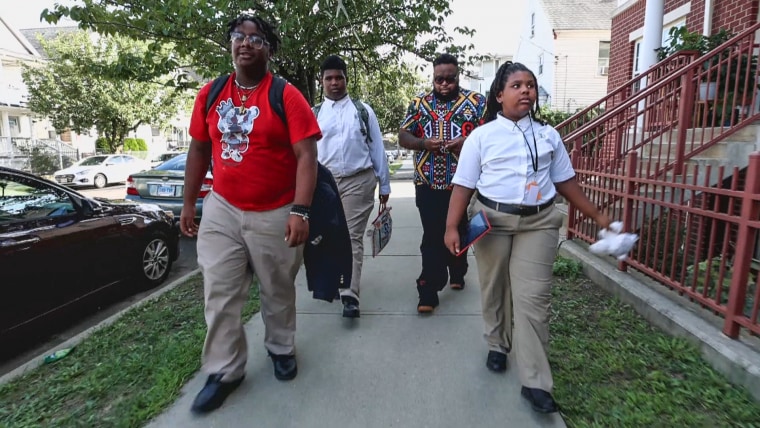
“I made an attempt, you know. I tried to kill myself in that moment,” he said. “It’s hard to talk about.”
Motivated by his desire to get his children back, he decided to move forward. The third time Thergood got involved with DCF was, as he put it, “the charm.” He felt seen. He found a mentor in a fatherhood program who helped him navigate the system and connect with resources, so that he could get his own apartment and regain custody of his children.
His mentor told him that if he didn’t know what a good father looked like, he could use the “imagined version.” So, said Thergood, he imagined what the younger Tai would have needed, and he became that.
Thergood was finally reunited with his children in 2020, the year after Dorantes was appointed commissioner.

Now, as part of a renewed push by Dorantes’ department to double down on fatherhood engagement efforts, Thergood, now 37, has been asked to help her staff train other dads.
As for his children, they say that they recognize the sacrifices their father has made to allow them to be a family again.
His other son, Taizir, 15, said, “The measures that he’ll go to, to make sure that … everything is the best that it can be…. if I was going to be a father, I want to be like him.”
Thergood broke down crying at the realization that his children see that he wants to be with them.
After all, he’s doing nothing less than breaking a cycle.
“I tried to be the person that I know I needed,” he said.

